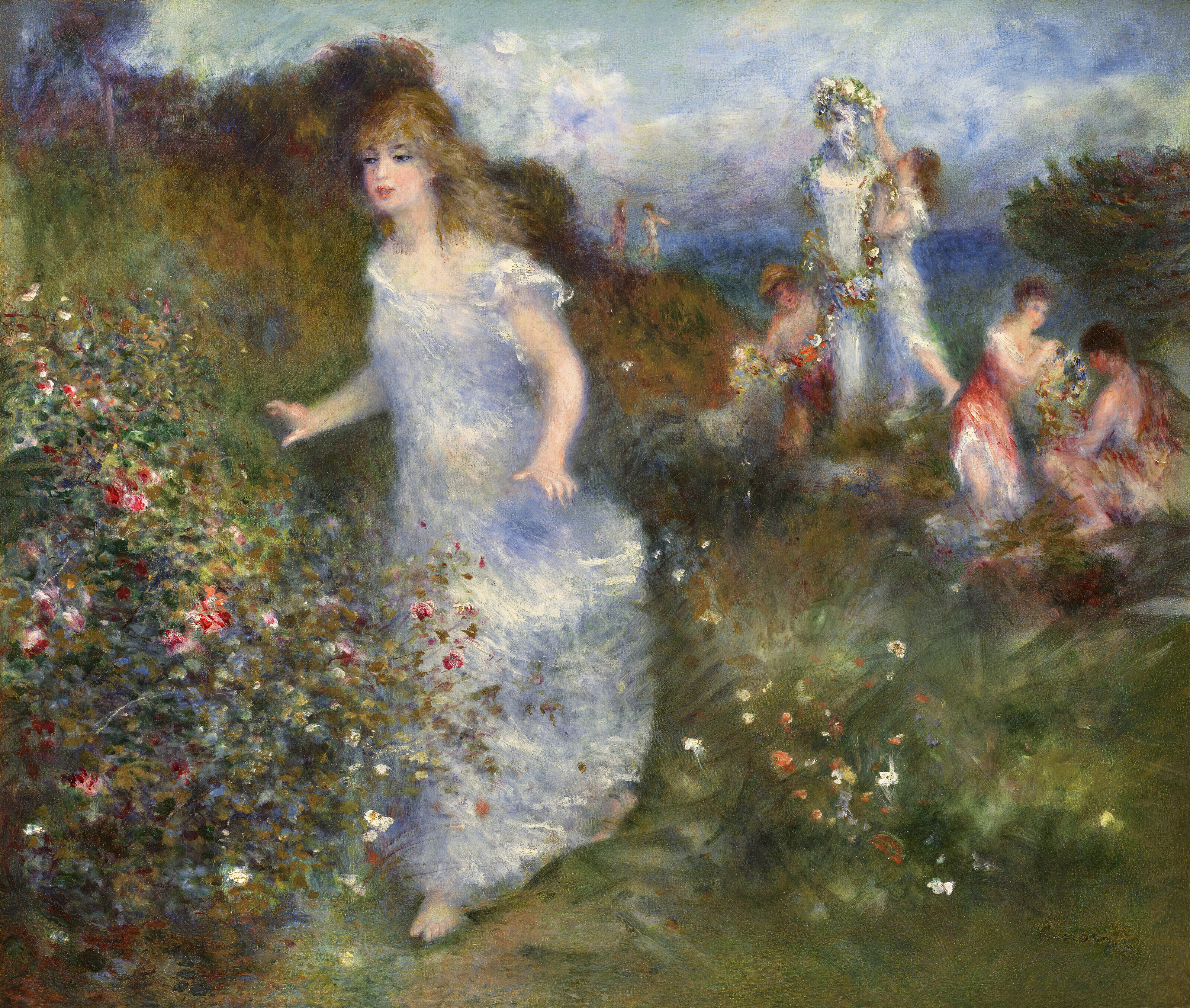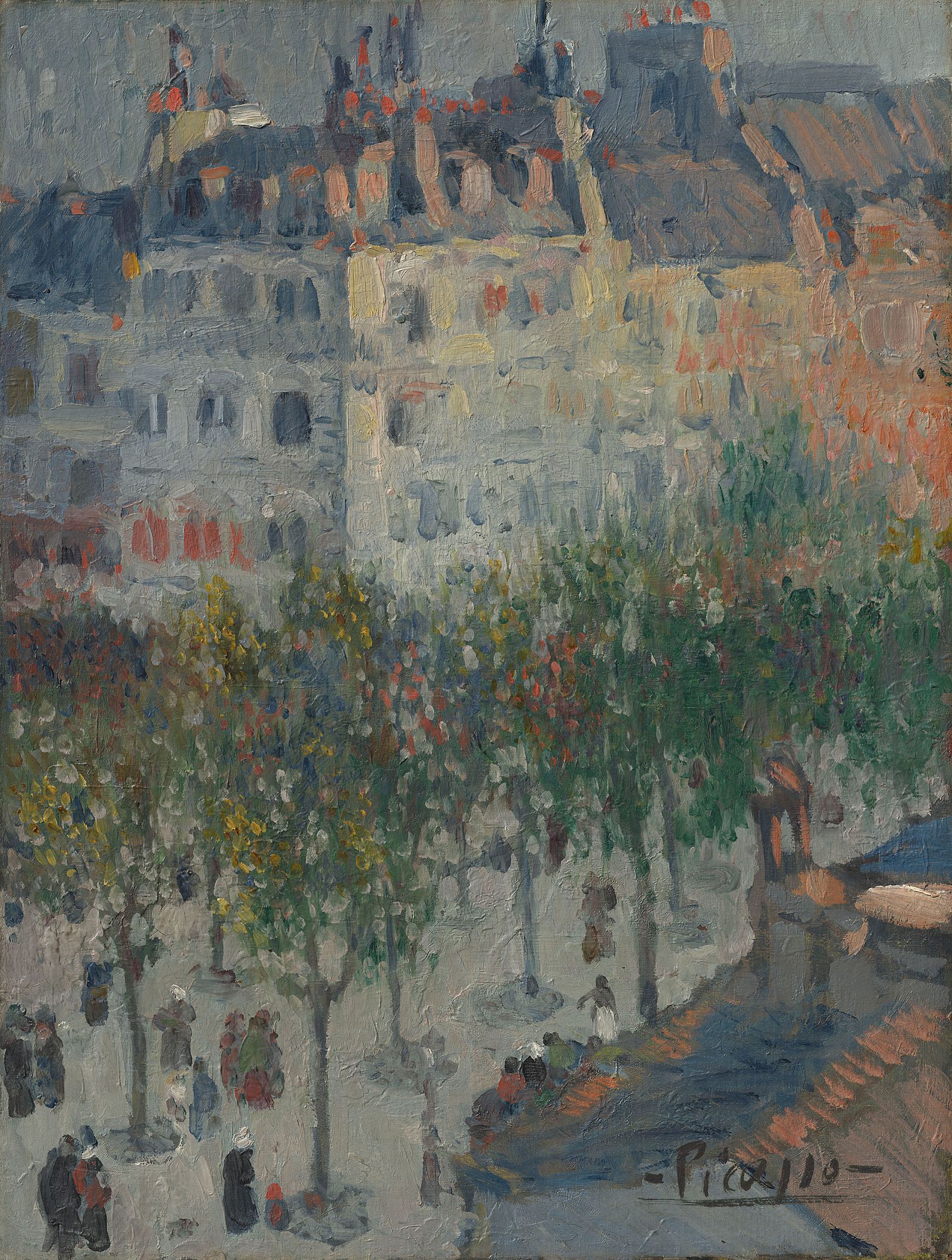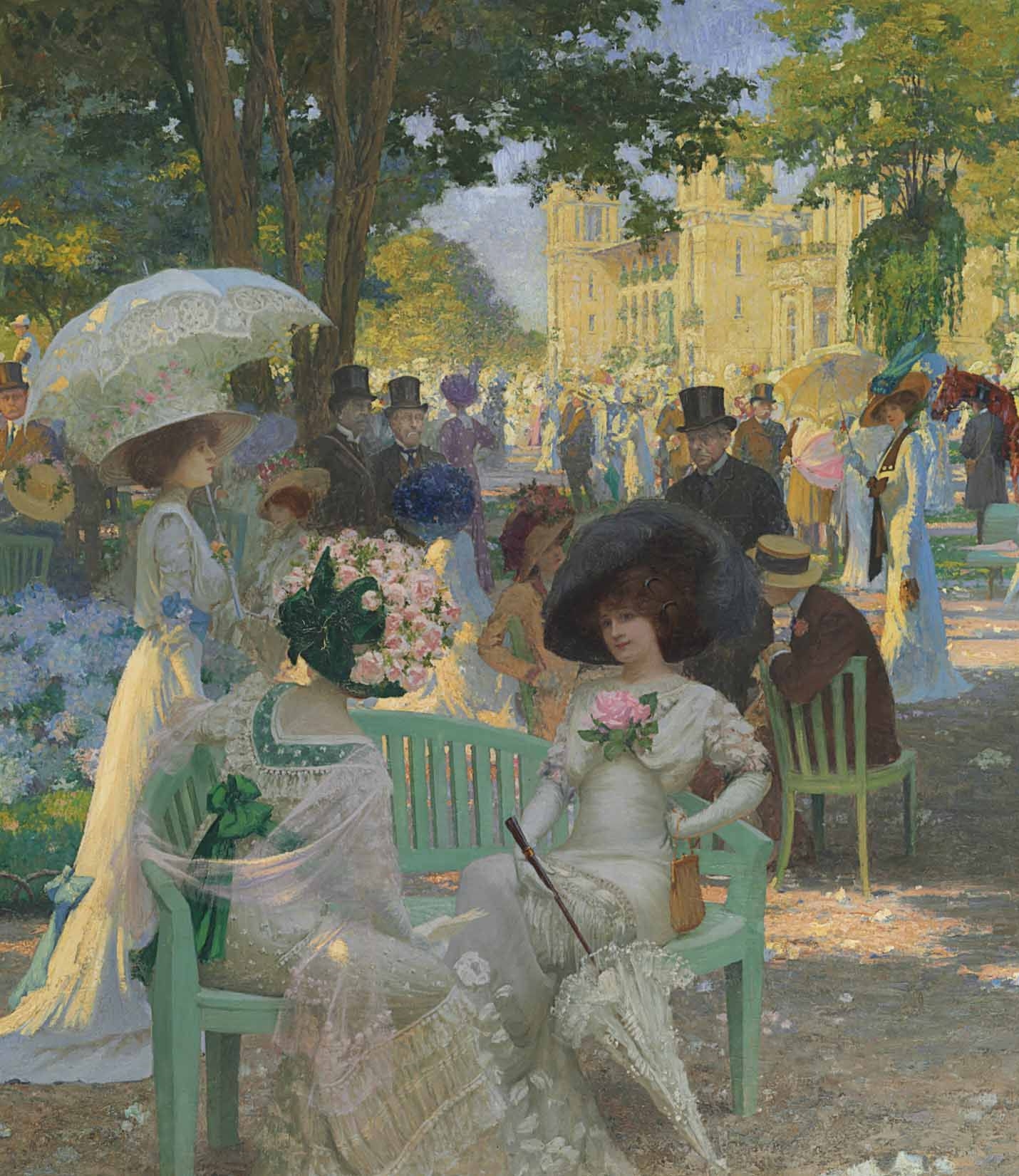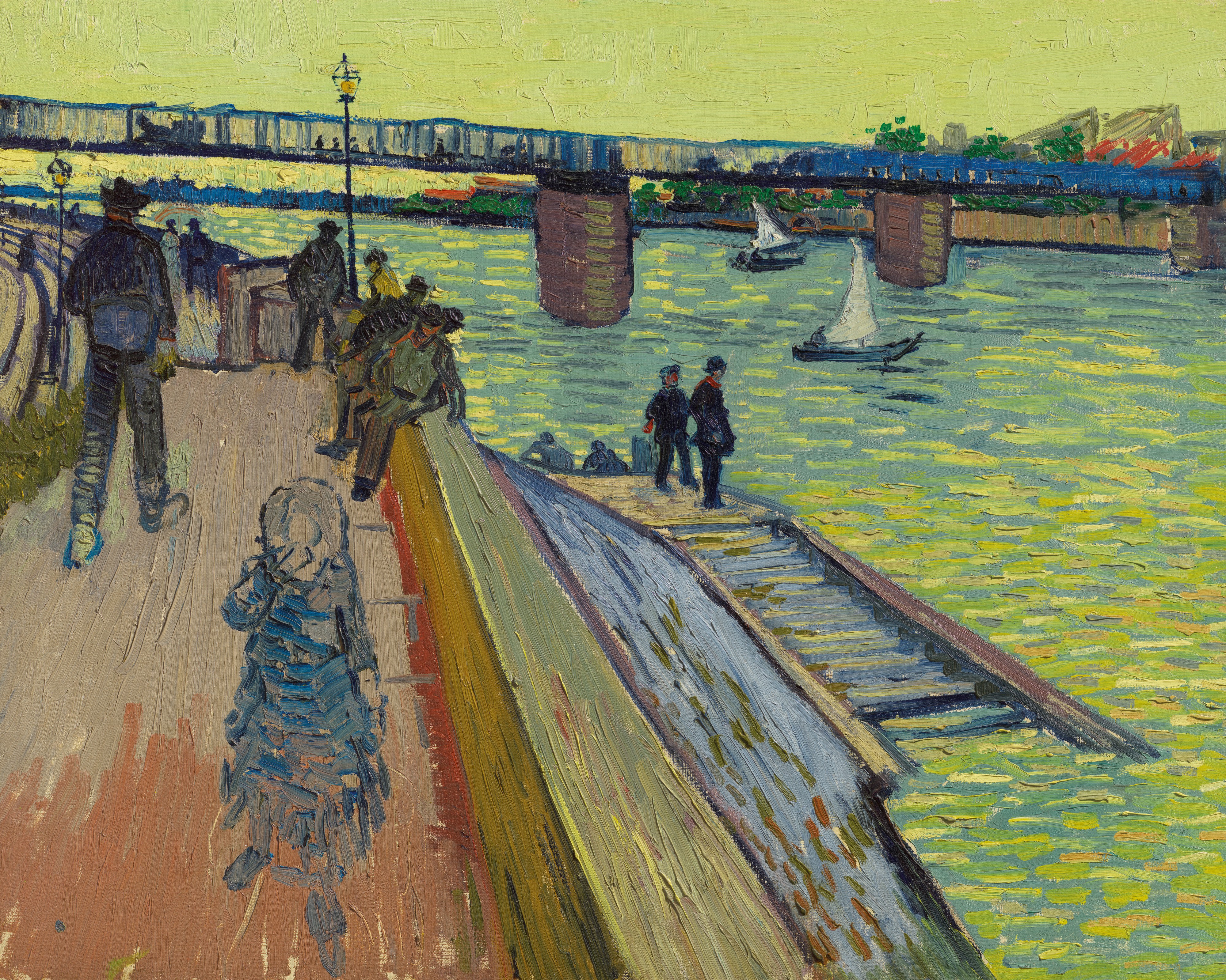Originally in the collection of the great modern master Henri Matisse, Paul Gauguin's striking and evocative portrait of a young man, clad in a pink European blouse and loose cravat, with the native adornment of a small white tiaré blossom tucked over his left ear, is among the first paintings the artist completed after arriving in Tahiti in 1891.
The forthright charm of this painting stems from Gauguin's sensitive characterization of his sitter, a handsome and thoughtful man of whom the artist was clearly quite fond.
The sincere, underlying simplicity of this three-quarter view, bust-length portrait, moreover betokens a significant story - indeed, a profoundly transformative event - in the life and career of the great artist, in which this young Tahitian served as a catalyst and an invaluable teacher.
The young man with whom Gauguin became acquainted during his initial months in Tahiti was named Jotefa - or so the artist called him in a later draft of Noa Noa (“Fragrance”), the account he began in 1893 of his first island sojourn.
It was this young boy who led Gauguin through the exotic landscape of the island in search of wood for the artist’s sculpture.
As a result of their contact and this seminal journey, Gauguin met with that breakthrough revelation he had been seeking of completely immersing himself in an indigenous culture and becoming a Maori.
Painted in the midst of this deeply transformative Tahitian period, Jeune homme à la fleur could be seen to pay tribute to this young man, encapsulating the compelling personal and artistic adventure that Gauguin undertook in the South Seas.
The importance of Jeune homme à la fleur within Gauguin’s oeuvre is reflected not only by its unique provenance - after Matisse, it was later owned by Lillie P. Bliss, one of the original founders of the Museum of Modern Art, New York - but the painting has also been included in some of the most prominent exhibitions of the artist in the twentieth century. | © Christie's
Originariamente nella collezione del grande maestro moderno Henri Matisse, il ritratto suggestivo e evocativo di un giovane Paul Gauguin, vestito con una camicetta europea rosa e un foulard sciolto, con l'ornamento nativo di un piccolo fiore di tiaré bianco nascosto sopra l'orecchio sinistro, è tra i primi dipinti l'artista completò dopo essere arrivato a Tahiti nel 1891.
Il fascino schietto di questo dipinto deriva dalla delicata caratterizzazione di Gauguin della sua scrittrice, un uomo bello e riflessivo di cui l'artista era chiaramente piuttosto affezionato.
La sincera semplicità di fondo di questa visione a tre quarti, ritratto a figura intera, inoltre, raccoglie una storia significativa - anzi, un evento profondamente trasformativo - nella vita e nella carriera del grande artista, in cui questo giovane tahitiano è stato un catalizzatore e un insegnante inestimabile.
Il giovane con cui Gauguin conobbe i suoi primi mesi a Tahiti fu chiamato Jotefa - o così l'artista lo chiamò in una successiva bozza di Noa Noa ("Fragranza"), il racconto che iniziò nel 1893 del suo primo soggiorno sull'isola.
Fu questo giovane ragazzo che condusse Gauguin attraverso il paesaggio esotico dell'isola alla ricerca di legno per la scultura dell'artista.
Come risultato del loro contatto e di questo viaggio fondamentale, Gauguin incontrò quella rivelazione rivoluzionaria che aveva cercato di immergersi completamente in una cultura indigena e diventare un Maori.
Dipinto nel mezzo di questo periodo tahitiano profondamente trasformativo, Jeune homme à la fleur è stato visto per rendere omaggio a questo giovane, incapsulando l'avvincente avventura personale e artistica che Gauguin ha intrapreso nei Mari del Sud.
L'importanza di Jeune homme à la fleur all'interno dell'opera di Gauguin si riflette non solo nella sua singolare provenienza - dopo Matisse, fu in seguito di proprietà di Lillie P. Bliss, uno dei fondatori originali del Museum of Modern Art, New York - ma il la pittura è stata inclusa anche in alcune delle mostre più importanti dell'artista nel ventesimo secolo.











































